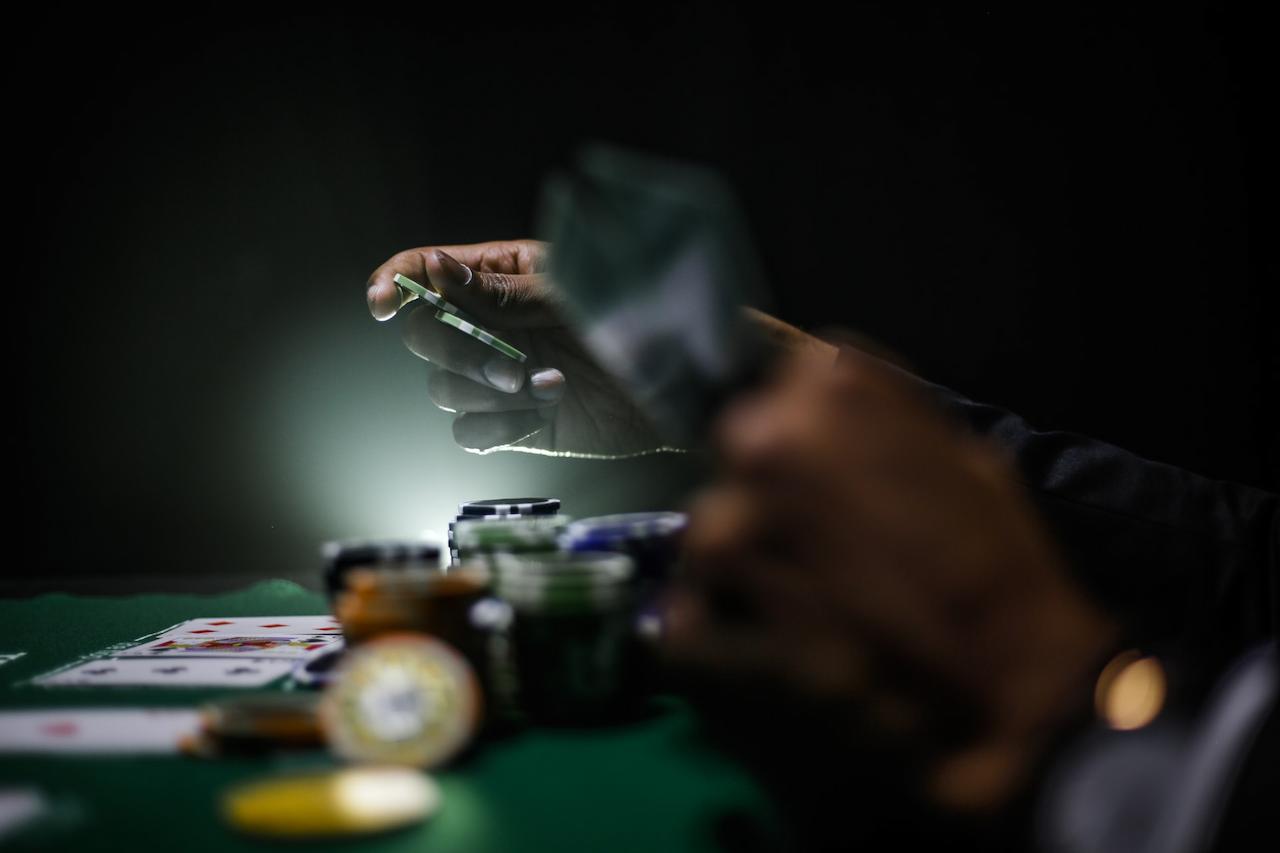Photographing people at the poker tables seems to be a simple process. The players are sitting practically motionless, so the amateur thinks that there is no problem getting good quality pictures. But mostly bad, unsuccessful photos are published on the internet. Sometimes it is impossible to find a good shot of a popular event. Consequently, it is not all that easy. A few tips on how to get good poker pics may not only help you better understand the specifics of this type of photography, but also help you become a highly successful photographer in this field.

Why Would I Do That?
Poker has long ceased to be just a game for men’s parties. It is a serious sport, with tournaments not just followed by millions of people, but also betting on their favourite players.
Many renowned sports journalists cover the events, making sure to capture the colours of the tournament and try to convey each player’s emotions as accurately as possible. Some devote whole websites and pages to non-GamStop poker, such as NoUKCasino.com by Dan Roan.
Your images will be in high demand on these sites. In this way, you can not only popularise your photographic creativity, but also discover a new profitable direction.
When your professionalism is recognised by the public, you can not only bid for a higher price for your work, but also for the sale of individual images to private collections and permanent cooperation with renowned online and offline sports magazines.
Lighting and Flash
Gambling establishments do not use bright lights – this affects the quality of the picture. No gambling hall will allow the use of flash photography – it will disturb the players and the staff. You should care about increasing ISO speed – it’s light sensitivity. The higher the ISO, the better photos you’ll get in a poorly lit room. To compensate for the lack of light, you should also use a lens with an aperture of at least 2.8.
Settings
You can adjust camera settings as you shoot, evaluating the shots you take. But you might miss some interesting moments. Therefore, it is better to make basic settings beforehand to save time later on:
- ISO – on modern single-lens reflex (SLR) cameras, you can adjust to 1000 or more.
- Aperture – you need to keep it as open as possible (F/2.8 or lower). This will let in more light and produce a nice background blur that will help put the emphasis on the foreground. The aperture is often confusing – the lower the number, the more light you get. F/1.8-F/2.8 is fine for poker. Above F/4.5 it’s too much. The exception to the rule is shots of a large group of people or an entire room.
- The shutter speed is chosen based on the moment of shooting – if the players are stationary, which they usually will be, you don’t have to worry about it. At moments when the dealer is dealt cards, the speed should be reduced.
- White balance – you can choose to adjust the white balance automatically, but this does not always work. Most poker rooms have too warm or cool colours due to tungsten or neon lighting. The camera should have a setting for tungsten lights. To take really professional pictures, you need to adjust the white balance by taking a sheet of paper.
Cameras and Lenses
Careful choice of equipment guarantees half the success, but comes at a cost. Using a mobile phone or an automatic camera that doesn’t support manual settings is not recommended. You’ll need a mirrorless camera or DLSR – a digital camera combining optics and mechanisms with a single-lens reflex camera with a digital image sensor.
Camera Features:
- Standard DSLR – the best products are made by Canon and Nikon, which sell entry-level models costing around $400-600 and professional models for thousands of dollars. Most professional photographers use them, and the choice of lenses is second to none.
- Mirrorless – are gaining notoriety for a few amazing features. Some photography enthusiasts believe this format is the future. The advantages are smaller size and fewer moving mechanisms, which increases the longevity. The biggest players in this market are Panasonic and Olympus, who use the Micro-4/3 bracket system, as well as Sony’s NEX lineup with the E-Mount, Fujifilm’s X-Mount and Leica’s M-Mount. Canon and Nikon also offer mirrorless cameras, but lag behind the competition.
The choice of lens is important to the quality of poker photography. Regardless of which camera is chosen, a lens suitable for low light conditions will be needed. Lenses with a high maximum aperture with smaller values in the marking are necessary. Below f/2.8 is good. Unfortunately, such lenses are expensive. Nikon and Canon have a fast 50mm f/1.8 lens – priced around $100. It’s a great starter option for poker.
As for the focal length, it’s really subjective. Shorter focal lengths such as 24mm and 50mm have the bonus of being able to shoot the whole room at once, while larger zooms such as 70-200mm allow for close-up photography. If you plan to shoot maps in great detail, the second option is the one to go for.
You can practice by playing poker with friends in a similarly lit room to gain experience. At the same time, original photos will appear in your personal album.
